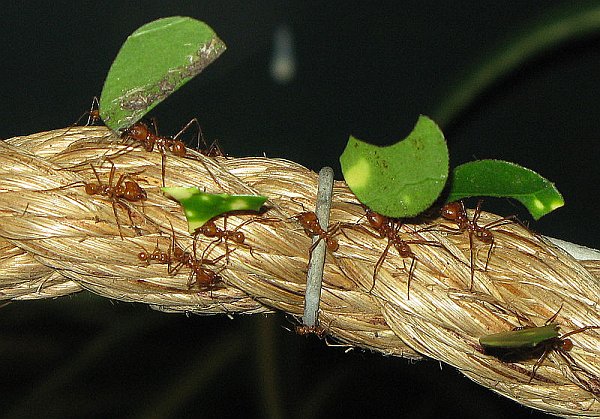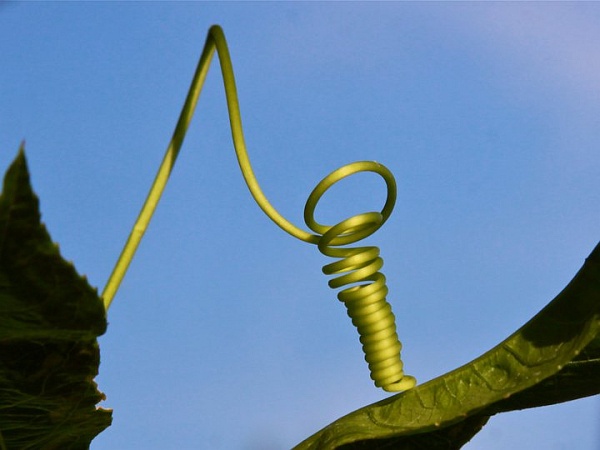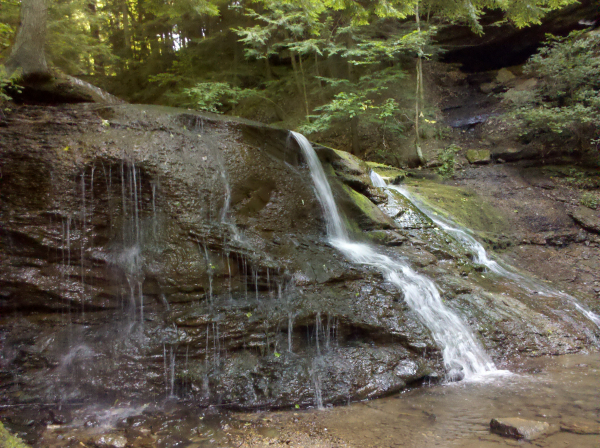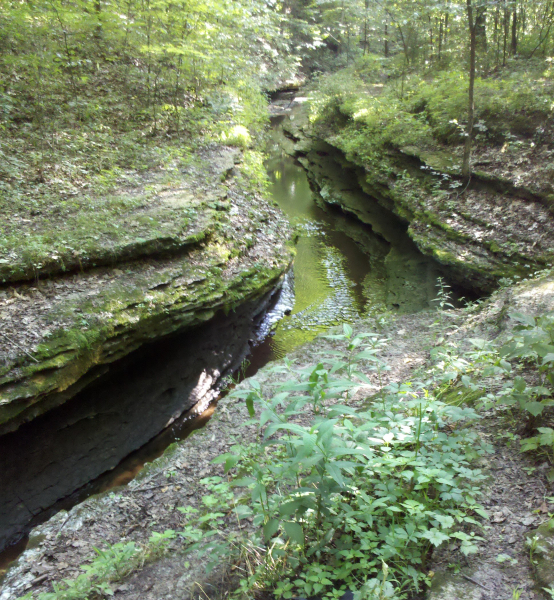An article in the March 5 issue of The New Yorker got me thinking about human society.
Kin and Kind: A fight about the genetics of altruism by Jonah Lehrer describes the history of the inclusive fitness theory and the current dispute among evolutionary biologists on the origin of altruism.
It all started with E.O. Wilson, a biologist, author and expert on ants. In 1975 he promoted the theory of kin selection to explain why altruistic individuals sacrifice themselves for their kin. (Ants do this a lot!) Natural selection says this shouldn’t work because their genes would die out but kin selection says they help their kin because it preserves the genes they share. Survival through kinship was named inclusive fitness.
Over the years E.O.Wilson started to see holes in inclusive fitness. In 2010 he and two mathematicians, Mark Nowak and Corina Tarnita, published an article in Nature that refuted it.
Half The New Yorker article is about the resulting fight. The other half is what caught my attention.
E.O.Wilson changed his mind because he learned more about ant behavior. As it turns out, cooperation within a species doesn’t spring up easily. When it happens to start within a group, it makes the group survive so well that they dominate other groups. Further, cooperative species are so successful that they dominate others species. Cooperation can start in any group. It just happens that the groups are composed of kin.
This works because “Selfishness beats altruism within groups. Altruistic groups beat selfish groups,” as E.O. Wilson wrote in 2007.
The first principle has certainly been my experience. Within a group, a selfish person pushes everyone else around. We see it working for these individuals and our society advertises it in slogans that say “It’s all about you” and “Have it all.” It doesn’t take much thinking to realize that you can’t have all of it if you’re sacrificing yourself. So we’re encouraged to be selfish.
But wait. The second principle is true too. Selfish groups lose to altruistic ones. Cooperation makes groups successful over rivals who fight among themselves.
It’s important not to lose sight of this. Humans have been successful as a species because we help each other. Selfishness is a disadvantage to society. Rugged individuals fail in the face of disasters like last week’s tornadoes. We can’t do everything alone, and we cannot expect society to thrive if we insist that everyone pull himself up by his own bootstraps.
I am happy to know that nature showed the way on this.
In my view kindness beats selfishness any day of the week!
(photo of leaf cutter ants, who are models of cooperation, from Wikimedia Commons. Click on the photo to see the original)










